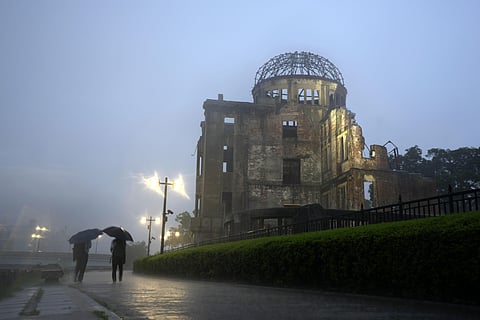

BENGALURU: May 18 marks the 49th anniversary of India’s first-ever nuclear test. Interestingly, Prime Minister Narendra Modi is set to visit Hiroshima, Japan, on May 19, making him the first Indian Prime Minister to visit the site since the start of testing for the Indian nuclear programme in 1974.
Pokhran-I, also known as Operation Smiling Buddha, was the first successful nuclear test carried out by India on May 18, 1974, under the leadership of then Prime Minister Indira Gandhi. The test, named after Pokhran village, Rajasthan, outside of which the Indian Nuclear Test Site is situated, was conducted on Buddha Jayanti, and received its name from the civilian scientists working on the device. Formally called a Peaceful Nuclear Explosive (PNE), it was developed by the Bhabha Atomic Research Centre (BARC).
Pokhran-I consisted of the detonation of one nuclear device in an underground shaft, with a maximum recorded yield of 12 kt. While labelled a peaceful test, it’s also notable for making India the first-ever nation to carry out a nuclear test outside the five permanent members of the UN Security Council. The test is also notable for being conducted under the supervision of several key figures, including renowned physicist Raja Ramanna, who headed the programme for over four decades, starting with Operation Smiling Buddha.
The fallout of the test is also significant in its contribution to the Indian nuclear programme, effectively crippling the programme until the second nuclear test, Pokhran-II in 1998, due to reactions from foreign powers. Notably, the test was a significant contributor to the formation of the Nuclear Suppliers Group (NSG), which limited the export of nuclear technology and materials, which India heavily relied on at the time.